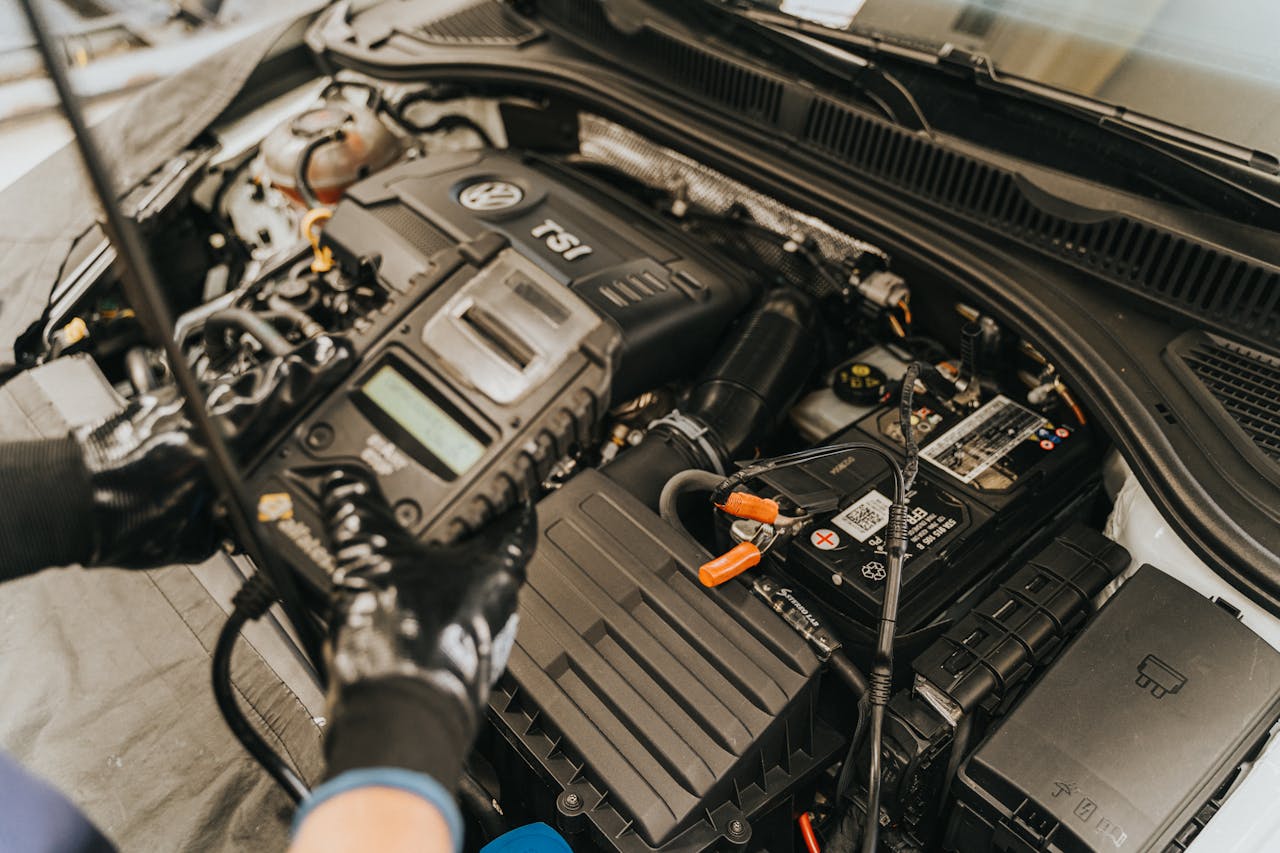
Your car’s transmission is a critical component that helps transmit power from the engine to the wheels. When it starts to fail, it can cause various problems that affect the overall performance and safety of your vehicle. Recognizing early signs of transmission issues can save you from costly repairs and unexpected breakdowns on the road. Read on as we share common signs that can help you catch transmission problems early and keep your vehicle in top shape.
One of the first signs that your transmission might be having trouble is strange noises. These noises can vary, and each type might indicate a different issue. Common sounds include whining, clunking, and humming. A whining noise could mean there’s a problem with the transmission’s bearings or gears. A clunking noise might indicate worn or damaged parts, such as the CV joints or the U-joints. Humming sounds can often point to problems with the transmission fluid or issues with the planetary gears.
Distinguishing between these various noises can help in diagnosing the problem more accurately. Listen to when the noise occurs. Does it happen when you’re shifting gears, when the car is in neutral, or when you’re accelerating?
For example, a whining noise while shifting gears might suggest a problem with the torque converter, while a hum that persists in neutral could point to worn bearings. By paying close attention to these details, you can give a mechanic more precise information, which can lead to a quicker and more effective repair.
If shifting gears has become a chore, your transmission might be to blame. Symptoms of gear slipping and delayed shifts are common signs of transmission trouble. Gear slipping happens when the transmission unexpectedly shifts in and out of gear or when the gear shift delays or doesn’t engage at all. This can cause the car to feel sluggish and unresponsive. Delayed shifts, where the car takes longer than usual to change gears, can also point to underlying transmission issues.
Possible causes of hard or rough shifting include low transmission fluid, worn gears, or issues with the transmission control module. Hard shifting means you’ll feel a jolt or a lurch when the gears change. This can be caused by a buildup of dirt in the transmission fluid or a problem with the hydraulic line that controls the shifting.
Both slipping and rough shifting can make driving difficult and unsafe. Recognizing these symptoms early can help you address the problem before it leads to more serious damage. If you notice any of these signs, it’s a good idea to check the transmission fluid level and condition and consult a mechanic as soon as possible.
Identifying unusual smells can also help pinpoint transmission problems. One of the most noticeable and concerning smells is a burning odor. If you detect a smell like burnt toast, it might indicate that the transmission fluid is overheating. This overheating can result from low fluid levels, old or dirty fluid, or a problem within the transmission itself.
Other smells that signal transmission issues can include a sweet, sugary scent, which might suggest a leak of transmission or radiator fluid mixing. Pungent, chemical-like smells can indicate fluid contamination, which may harm the transmission’s performance. Being aware of these odors helps you catch problems early before they escalate into major repairs.
If you recognize any unusual smells while driving or upon exiting your vehicle, take immediate action. Check the fluid levels and condition, and consult with a mechanic. Addressing the issue promptly can save you from more extensive damage and costly repairs later.
Leaking transmission fluid is a common and easily noticeable sign of trouble. To spot a transmission fluid leak, look for puddles or spots under your car where you normally park. Transmission fluid is typically red or pink, though it may turn brown as it ages. If you find a reddish fluid on the ground, it’s likely coming from the transmission.
The color and consistency of the fluid can tell you a lot about the problem. Fresh transmission fluid is bright red and relatively thin. If the fluid is dark, brown, or has a burnt smell, it suggests the fluid needs changing or that there’s internal damage to the transmission components. Thick, sludgy fluid can indicate contamination or a serious malfunction inside the transmission.
Check under the vehicle and around the transmission area for leaks regularly. If you notice any, make sure the fluid levels are adequate and consult a mechanic for a detailed inspection. Catching a fluid leak early helps prevent more severe transmission issues and keeps your vehicle running smoothly.
Keeping an eye on your car’s transmission is essential for maintaining its performance and safety. Always listen to your vehicle and pay attention to its behavior. Regular checks and maintenance are key to ensuring your transmission works effectively. Don’t ignore minor signs, as they can prevent bigger problems from arising in the future.
For quality used transmissions in Houston, TX, superior customer service, and the best warranty in the industry, contact us at Airline Auto Parts today. Our huge inventory of late-model makes and models ensures you’ll find exactly what you need.

November 23, 2025 Practical Tips for Buying Second-Hand Au...

How to Spot Signs of Wear in Diesel Engi...

November 17, 2025 Why Choose Recycled Auto Parts for Your ...

Common Pitfalls When Buying Used Vehicle...

November 9, 2025 Pre-Winter Checklist for Diesel Engines

How to Save Money with Salvage Yard Auto...

November 2, 2025 The Benefits of Regularly Updating Your ...

FAQs About Used Diesel Engines

October 26, 2025 What to Consider When Buying a Salvage E...

Best Practices for Repairing Diesel Tran...